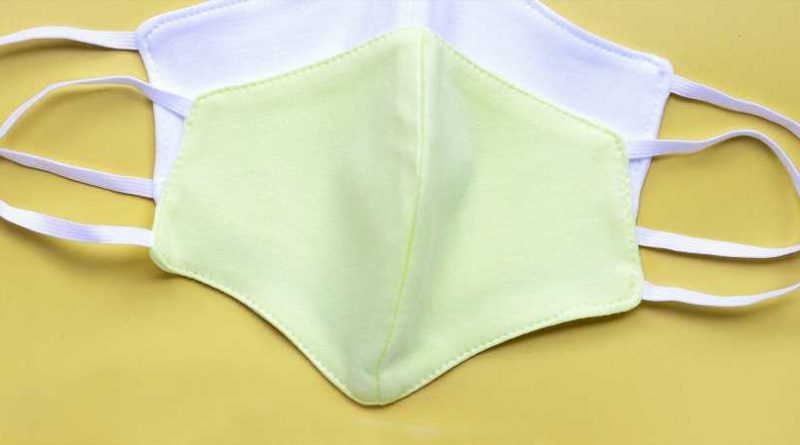Experts Now Recommend Double Masking for COVID-19 Prevention — Here’s How to Do It Right
If you're still rocking gaiters or cloth masks to help reduce the spread of COVID-19, you may want to consider stepping up your mask game. With cases of the more contagious variants of the virus cropping up throughout the country, infectious disease experts are recommending you double up on your masks when you're out in public.
"The simplest way to look at it is that a single mask is a filter—a filtration system to help protect yourself and others," says Anita Gupta, DO, PharmD, MP, assistant professor of anesthesiology and critical care medicine at Johns Hopkins University School of Medicine. "Wearing a mask is better than no mask. And if you put a second mask on over the first, it will increase the strength of the filter and help prevent the virus from entering your airway. By how much depends on the masks used and quality of each individual mask."
Double masking could literally provide an extra layer of safety for you and your family as we wait for more vaccines to become available. Keep these tips in mind if you're considering double masking.
Upgrade your mask type first.
All masks are not created equal—and upgrading from cloth masks to a more effective mask type could make double masking unnecessary. The best ones, the N95 or KN95 masks, are 95 percent effective at blocking small and large particles, both from escaping and from being inhaled by you.
"Both of these types of masks have the ability to prevent transmission of the virus that causes COVID-19," so you wouldn't need to double mask if you use one of these, says Michelle Barron, MD, UCHealth senior medical director of infection prevention and control in Denver.
Use multi-layered cloth masks.
Whether you use single-use surgical masks or cloth masks, look for ones that offer multiple layers of filtration. "Depending on the type of fabric your mask is made of, it might not be able to contain all of the virus particles from getting through the mask," Dr. Barron says. "Adding another mask may improve that quality. It also may make the fit a bit tighter, which again, helps with the containment."
The World Health Organization recommends masks with an inner layer of absorbent material like cotton, a middle layer of non-absorbent material like polypropylene, and an outer layer of polyester.
Wear the best mask closer to your face.
If you're double masking, put the tighter-fitting mask closer to your face. "The mask closest to your face should be the one that has the best ability to filter out any of the virus particles," Dr. Barron says.
Be sure you’re still comfortable.
Be cautious about double masking in situations where you're exerting yourself, or if you have underlying respiratory problems. "The challenge of two masks is that it can make it less breathable," Dr. Gupta says.
If you do feel faint while double masking, take the top mask off.
This story originally appeared on Real Simple.
Source: Read Full Article



